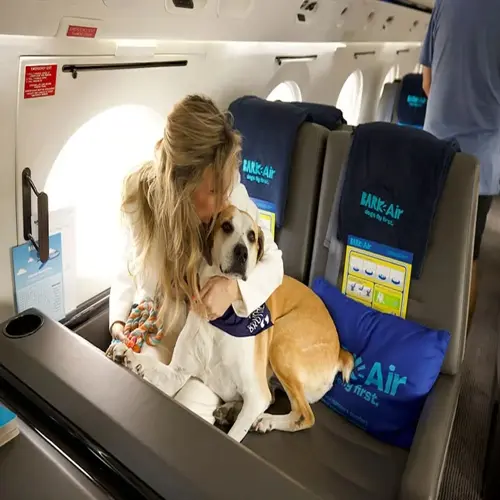What equipment do I need for basic training?

Written by
Robert Brown
Reviewed by
Prof. Henry Webster, Ph.D.Choosing the right gear ensures safety and optimal effectiveness from the very first training session. The right equipment leads to mass communication and protects against injury. I recommend various pieces of equipment based on 15 years of experience working with professional trainers. The right gear reduces confusion and makes the training exercise easier, more productive, and more enjoyable for both the dog and the owner.
Harness Selection
- Prevents neck injuries during leash training
- Front-clip designs discourage pulling effectively
- Measure chest girth adding 2 inches or 5 cm
- Test fit allows two fingers under straps
Leash Specifications
- 6-foot length provides optimal control
- Solid construction withstands 500+ lb tension
- Reflective stitching enhances night visibility
- Avoid retractable models during initial training
Treat Systems
- High-value rewards like liver for difficult tasks
- Waist pouches enable instant reinforcement access
- Portion sizes: 0.1-0.3 oz or 3-9g per treat
- Sealable containers preserve freshness outdoors
Crate Essentials
- Proper sizing: length plus 4 inches or 10 cm
- Removable dividers accommodate growing puppies
- Orthopedic bedding supports joint health
- Cover creates den-like security
Cleaning Solutions
- Enzymatic formulas eliminate odor molecules
- Avoid ammonia-based products that attract remarking
- Carpet cleaners with injectors penetrate padding
- UV flashlight detects invisible accident residues
Meanwhile, incorporating interactive toys for regular mental stimulation will help maintain high mental activity. Puzzle feeders will lengthen meal times while encouraging problem-solving ability. Tug toys will heighten engagement during reward moments. Rotate these options every week for added interest. My terrier's concentration and responsiveness to tasks improved tremendously after I began using the food-dispensing balls.
Regularly check for correct equipment faults. Replace fray-worn leashes before failure. Monthly harness check, as requirements change as a pet grows. When closures weaken, upgrade treat pouches. Custom support for areas of need, such as mobility, is what thinking rehabilitation specialists are for.
Read the full article: Dog Training Basics: Essential Guide for Beginners

